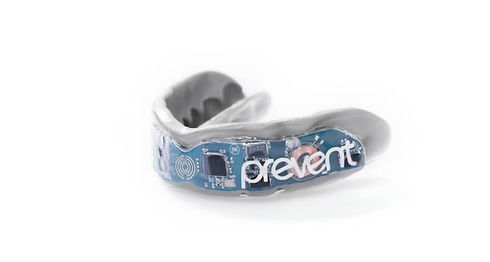New Technologies
Understanding the effectiveness of new technologies to prevent concussions is mandatory for a safer play. With concussions being the forefront on the news about Chronic Traumatic Encephalopathy (CTE), scientist and medical teams have banned together to find common preventative methods of preventing a concussion in the first place. While there is no magic helmet that will prevent a concussion, there are new technologies that have come out in the past few years that reduce the risks of developing a concussion.

The Q-Collar is a device that applies slight pressure to the neck while increased blood volume around the neck. The resulting effect of the pressure makes a pocket of blood around the neck (similarly to an airbag), that helps the brain fit tighter in the skull cavity. In return, it reduces energy absorbed by the brain during collisions. The Q-Collar protects the brain in a sense of what a helmet cannot do-protect the brain inside the skull without impacting safety. While the Q-Collar is still in the testing phase, positive feedback has helped this new technology enter into a vast amount of contact sports.

The human brain has never been monitored to detect how much trauma the brain can go through before receiving a concussion. Through a mouthguard, scientist are able to detect the velocity of an impact and the number of impacts before symptoms of a concussion start arriving. This cutting-edge technology can give a better evaluation and help coaches determine the level of impacts a player can have to maintain safer play. Coaches can monitor their players in real-time on an iPad, and the app will alert coaches when a potential sideline evaluation is needed.

Attempting to find the immediate impact of traumatic brain injuries, the University of Pennsylvania were experimenting with Holographic lithography (HL), and different types of film to see the amount of pressure applied on one area. When using HL, scientists can make a laser-based pattern on a 3-dimensional material to create photonic crystals, giving each a particular color. When the crystals start to deform and a certain amount of pressure was given, the crystals begin to change colors. While this scientific discovery has not been tried in concussion prevention, scientists and engineers believe that HL is a breakthrough in concussion diagnosis. In the future, a more affordable polymer will be created, so brain traumas can be learned from worldwide.
